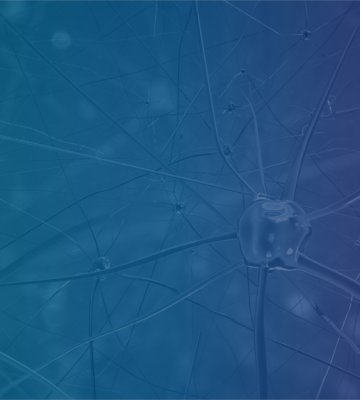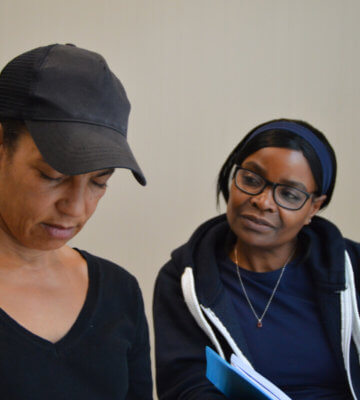
What is Cognitive Behavioural Therapy (CBT)?
This short article provides a basic introduction to cognitive-behavioural therapy (CBT), some useful links to further information, and a video clip embedded from NHS Choices on CBT.
Next Hypno-CBT® Diploma: Webcast – September 2025
Online: 1st September 2025
FREE WEBINAR: A Career in Hypno-CBT®? Register



Donald is a writer and trainer, with over twenty years’ experience. He’s a specialist in teaching evidence-based psychological skills, and known as an expert on the relationship between modern cognitive-behavioural therapy (CBT) and and classical Greek and Roman philosophy.
Donald is the original founder of The UK College of Hypnosis & Hypnotherapy, setting up in 2003 under the name Hypnosynthesis.
Donald developed the evidence-based hypnotherapy approach taught in the College. He also has been instrumental in the further integration of hypnosis with CBT – both via the training courses of the College and his publication: The Practice of Cognitive Behavioural Hypnotherapy. He passed the College along to Mark Davis in 2013.
Previously Donald was a registered hypnotherapist (GHR) and a UKCP and EAP registered hypno-psychotherapist. He specialises in cognitive-behavioural therapy (CBT), cognitive-behavioural and evidence-based approaches to hypnotherapy, philosophical approaches to therapy, and the treatment of anxiety. He has over 15 years’ experience of teaching and clinical practice both as a hypnotherapist and as a schools counsellor in London. Donald has designed self-help materials as part of a clinical research project commissioned by Defra on the use of stress management techniques and hypnotherapy for noise-related stress.
Donald continues to develop his work in bringing Greek Stoic philosophy into daily application in the 21st century.
Donald’s website is here: https://donaldrobertson.name
Donald now lives in Canada.
How to Think Like a Roman Emperor: The Stoic Philosophy of Marcus Aurelius (2019)
Stoicism and the Art of Happiness (2013), part of Hodder’s Teach Yourself series
Build your Resilience (2012), part of Hodder’s Teach Yourself series
The Practice of Cognitive-Behavioural Hypnotherapy: A Manual for Evidence-Based Clinical Hypnosis (2012)
The Philosophy of CBT: Stoic Philosophy as Rational and Cognitive Psychotherapy (2010)
The Discovery of Hypnosis: The Complete Writings of James Braid (2008)
Donald’s Website: https://donaldrobertson.name
Google Scholar page: https://scholar.google.co.uk/citations?user=D9kUdfAAAAAJ&hl=en

This short article provides a basic introduction to cognitive-behavioural therapy (CBT), some useful links to further information, and a video clip embedded from NHS Choices on CBT.

This article tries to explore ways of applying established evidence-based procedures for coping with stress (Stress Inoculation Training) to the problems of coping with stress or pain in relation to childbirth. It examines how methodologies based on basic research on stress and coping tend to emphasise elements largely overlooked in established natural childbirth methods.

This brief excerpt from an earlier article summarises specific examples of the main suggestions (and autosuggestions) used for coping with pregnancy and natural childbirth, derived from a survey of the hypnotherapy literature.

This article summarises the key points of a detailed review of research on hypnotic and non-hypnotic methods of relieving pain during childbirth by Ernest Hilgard from 1975.

Review of the book Developing Resilience, A Cognitive-Behavioural Approach, by Michael Neenan.

This article outlines the role-taking theory of hypnosis as applied to hypnotic childbirth and describes ideas for developing hypnotic scripts.

This short article outlines the nature of the main evidence-based psychological therapy for blood phobia and related problems, Öst’s Applied Tension technique.

This brief article distinguishes between three forms of relaxation and three corresponding categories of relaxation techniques used in modern therapy.

This article outlines the basic rules of suggestion employed in traditional hypnotherapy and explains the rationale for using them in plain English.

Problem-Solving Therapy (PST) is a brief evidence-based cognitive-behavioural therapy that attempts to help clients improve their skill and confidence with regard to solving their life problems in general. This article explores the potential for combining PST with hypnotherapy.

Recent advances in the cognitive therapy of generalised anxiety disorder have focused on the role “intolerance of uncertainty” plays in triggering and maintaining chronic worry, this article provides a brief outline of the approach.

This short article explains how hypnotism actually originated, in part, under the influence of Oriental meditation techniques, described in the writings of James Braid, the founder of hypnotherapy.
